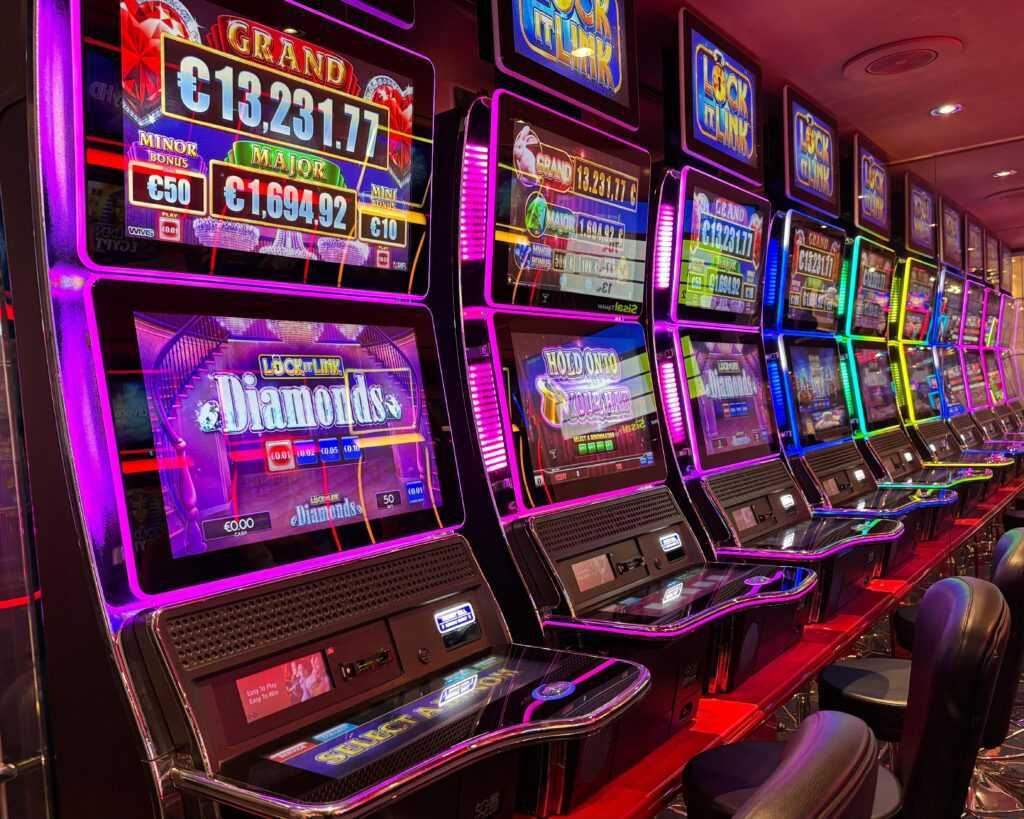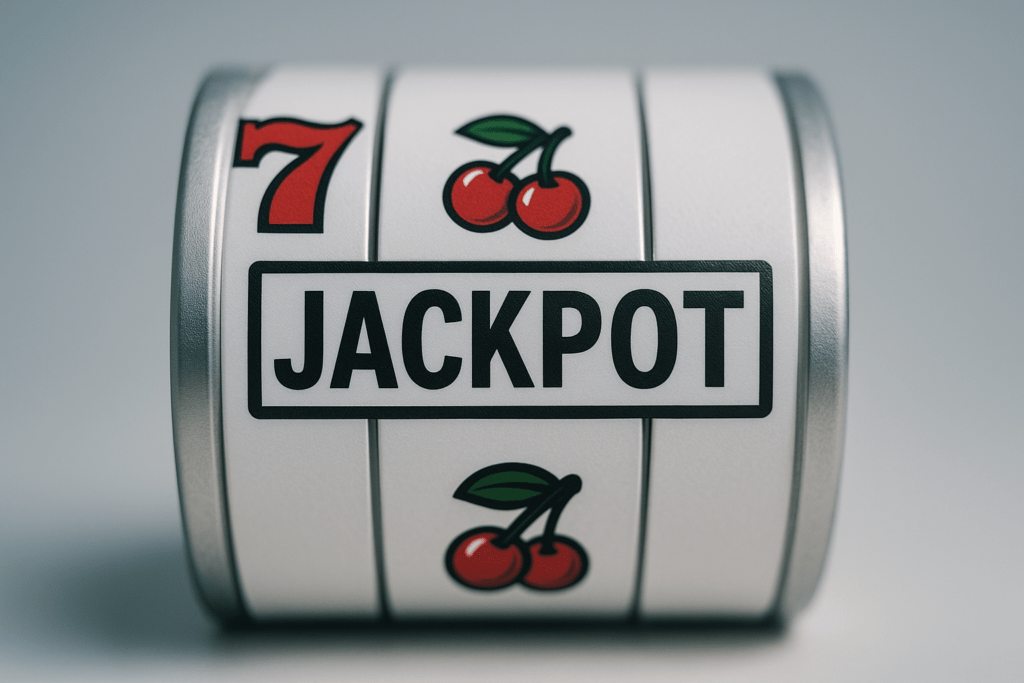Imagine what it might cost you to stand out in an industry that, according to Grand View Research, has already hit $78.66 billion and is expected to expand by 11.9% CAGR. Regardless of your target audience – jackpot or casual gamblers – that might not be a walk in the park. You must be innovative; otherwise, you may soon be out of business.
This is why paying attention to player experience is handy. And one of the clever ways casinos are doing that is through accessible entry points like free roulette tables. While such tables aren’t usually tied to massive progressive jackpots, they are important in onboarding. Free roulette allows new players to test strategies and build confidence without burning through a bankroll. This kind of low-pressure practice is golden for jackpot chasers.
You may want to think of it as stretching before a marathon – it prepares you for the real chase ahead. But free roulette is not all there is. And if you’ve been chasing jackpots for some time, you will agree that today’s experience is more engaging than in the initial years. Why is this so?
Faster and cleaner payouts
The days you had to wait for days or even weeks to receive are long gone. Thanks to tech advances, you can now receive your funds in no time. And this is what many people, including jackpot gamblers, want. Looking at the statistics, Fortune Business Insights values the global real-time payment market at $24.91 billion and expects it to hit $284.49 billion by 2032.
That’s more than a tenfold increase, showing just how popular instant payments have become. Another study by PYMNTS.com revealed that 78% of customers consider these payment methods essential to their satisfaction. Of course, you don’t expect this preference to differ greatly from jackpot gamblers, who favor instant gratification.
Operators know this and have implemented instant e-wallets to maintain relevance. Others even go to the extent of incorporating digital currencies like Solana. And do you know what? Even when traffic is high, Solana’s scalability ensures no payment lags. Adopting such effective payments can improve retention rate by more than 15%, says Testlio.
Transacting with digital currencies is also more seamless than many traditional methods. There is no longer a need for cumbersome personal details, which often introduce a lot of bottlenecks and the likelihood of cyberattacks. And even if a player is in a financially excluded area where formal financial institutions are absent, they can always be sure to engage without hassles.
Mobile-first polish
With the rise of mobile phones, many gamblers want to play even on the go. And even research agrees. According to approximations, 80% of gambling in most areas happens on mobile devices. But this does not mean players should have frustrating experiences just because they turned to their mobile phones. In fact, 85% of mobile phone users expect websites to work as well or even better on these devices than their desktop alternatives.
For any forward-thinking brand, ignoring such statistics is a no-go zone. There’s no reason gamblers should keep zooming or pinching your platform just because it is mobile-unfriendly. But with responsive designs, casinos are able to ensure multiscreen access and allow users to spin seamlessly, regardless of the screen size of their devices.
On top of that, responsive designs improve web load speed. They use the same HTML code for all devices, reducing the need for separate mobile and desktop versions. And the faster the load speed, the better the user experience. Can you believe that, according to MoldStud, just a 0.1-second improvement in website speed can increase conversions by up to 8%? Likewise, if a jackpot chaser spots a fast-loading mobile website, they will likely remain loyal to it.
Ensuring safe gambles
Jackpots, by design, often involve huge chunks of money, which makes them attractive to cybercriminals. That’s why you wouldn’t want to interact with a platform that ignores online security. At a time when more than 600 million attacks happen daily, you want to be sure you’re gambling securely.
Just recently, in 2023, a report was published claiming that 70% of online casinos were cyberattacked. Given that cybercriminals keep evolving, you can imagine casino cybersecurity risks in 2025. Just a slight mistake could cost you both customer and financial losses. According to IBM researchers, you may need over $4.8 million to recover.
Customers may also turn to competitors following data breaches. Data shows you may turn away 21%, who may never transact with breached organizations again. Casinos have implemented technologies like SSL encryption and 2FA to avoid these pitfalls. 2FA, for instance, adds an extra verification form, preventing exposure to up to 99.9% of targeted attacks.
Aligning with contemporary needs
With such infrastructures, gamblers can participate with peace of mind, knowing their accounts are safe. Remember, the modern jackpot hunt is not just about the large pooled prizes. It is also about safe and seamless interaction. It’s why operators who pay attention to online security tend to appeal to many players, given that cyberattacks are increasing and no one wants to be a victim.
At the same time, these brands have implemented instant payments to allow players to receive funds quickly. They have also polished their websites to allow for seamless access, even on devices with smaller screen sizes. In short, online casinos have made the experience more customer-focused, ensuring jackpot gamblers receive encounters that make them loyal.



